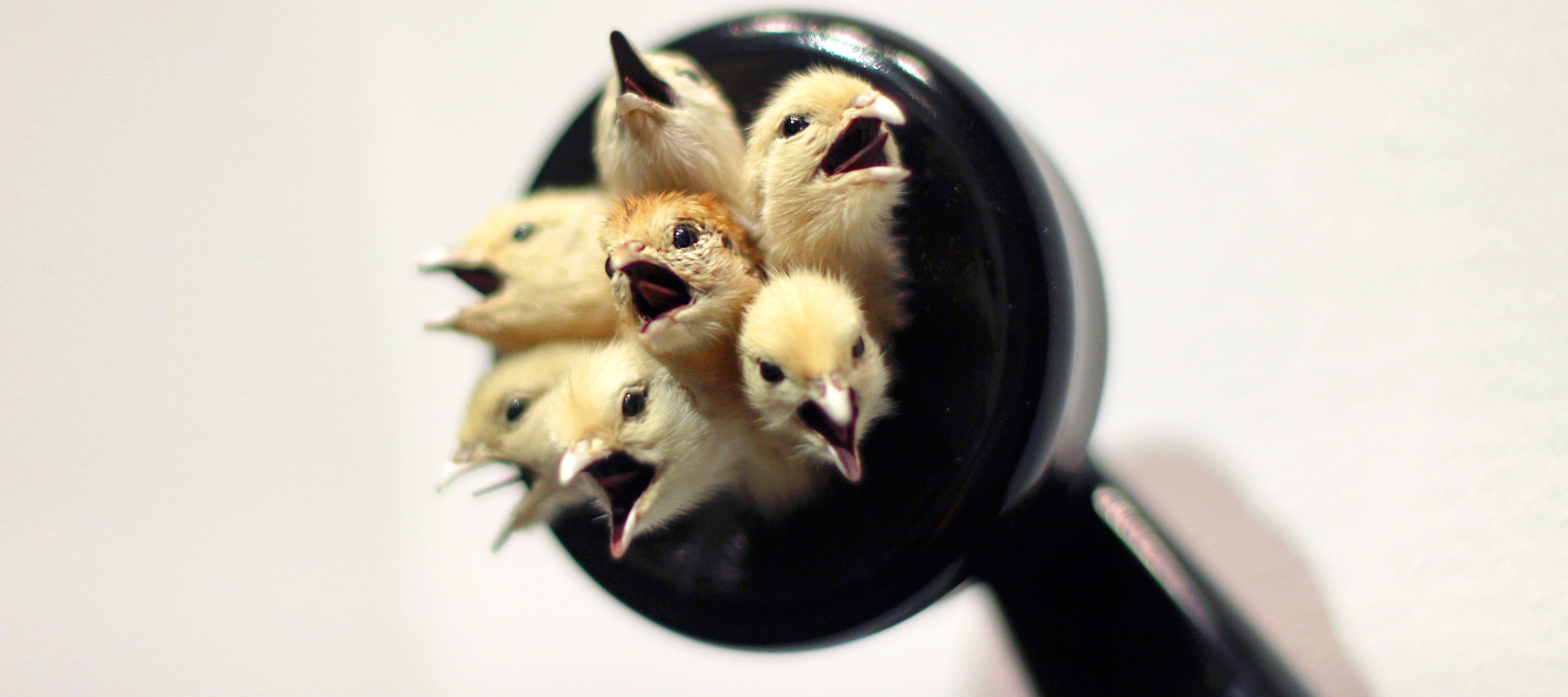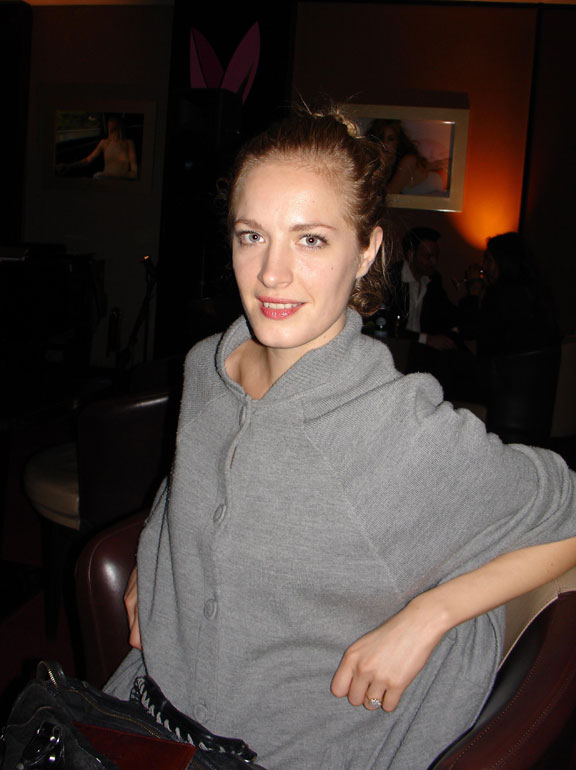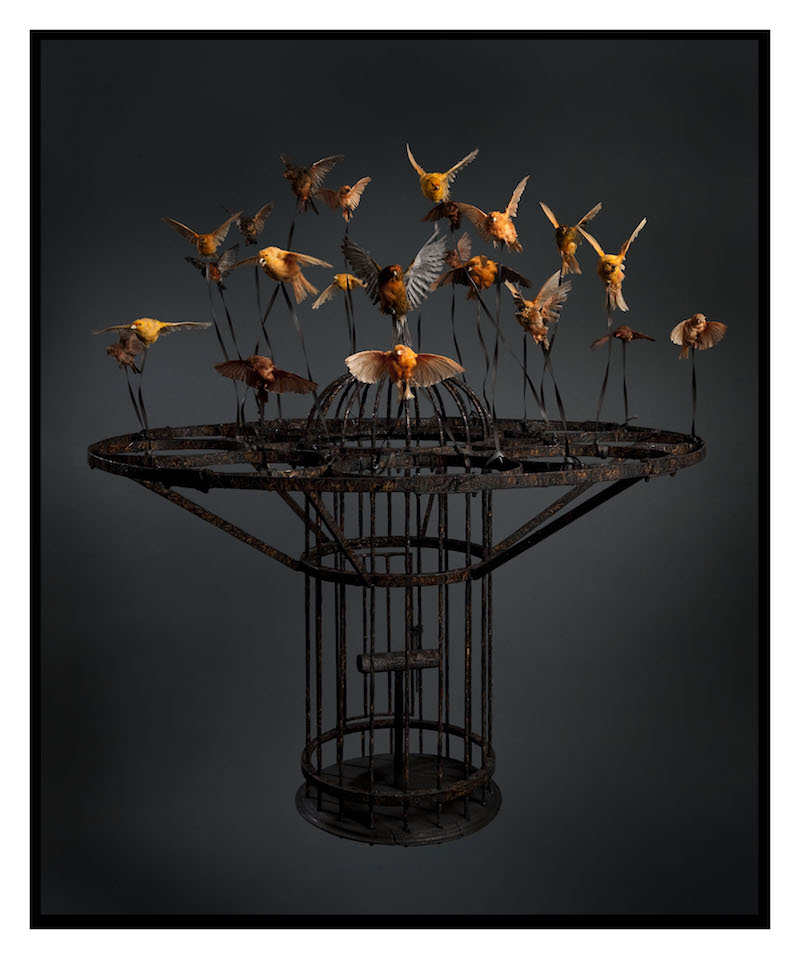The fourth installment of NMWA’s biennial exhibition series, Organic Matters—Women to Watch 2015 is presented by the museum and participating national and international outreach committees. The exhibition’s artists redefine the relationship between women, art, and nature. Associate Curator Virginia Treanor spoke with emerging and contemporary women artists featured in Organic Matters.
Artist: Polly Morgan
Nominating committee: Friends of NMWA, U.K. / Consulting curator: Lisa Le Feuvre, Henry Moore Institute
1. Organic Matters includes art that refers or responds to the natural world. How do you think your work Systemic Inflammation relates to the broad theme of nature? What does the use of taxidermy in your works allow you to do that you could not do with any other media?
Taxidermy is an ultimately futile effort to harness nature, it allows us to manipulate and control the body of an animal in a way we would struggle, or in my case would not wish, to in life. Systemic Inflammation reimagines a Victorian invention for a flying machine; where a passenger would be transported by birds shackled to a carriage. Flight, or more specifically wings, is the ultimate symbol of freedom. Seeing these birds outside of, but harnessed to, the cage presents a paradox: who is free, passenger or bird?
Most objects can be art; a urinal, a bed, etc. A dead animal presents a problem in that it decays and can therefore only exist a finite amount of time before being altered irrevocably. Taxidermy has thus allowed me to incorporate animals in my work the way other sculptors use “found objects.”
2. Is this work representative of your oeuvre? How does it fit into your larger body of work?
With this work I was thinking of the mythological Phoenix rising from the ashes. I chose to use only orange birds as I wanted them to resemble flames, and to blacken and burn the cage to make it look as though it had been dragged from a fire. Like many of my works it reflects on the cycle of life and death, so in this way is representative of my oeuvre.
3. As an artist, what is your most essential tool? Why?
It might sound trite, but my brain. My practice is more and more varied and the most consistent tool I use is my imagination. Practically speaking I wouldn’t be able to get very far with just one tool, but a scalpel would be high on the list of essentials!
4. Who or what are your sources of inspiration and/or influence?
I never know what or whom I’ll be inspired by so it’s just important to try to keep spending time with interesting people, reading books, watching films and seeing exhibitions. Many of my favorite ideas have come to me when I’m walking my dogs as it’s an opportunity to rest my mind and to cut back on aural stimulation.
5. What’s the last exhibition you saw that you had a strong reaction to?
I recently saw the work of American artist Sarah Sze at the Victoria Miro gallery in London. I love her use of everyday, even scrap, objects and think of her as being one of those alchemical artists who can elevate the mundane and give it depth and beauty.


